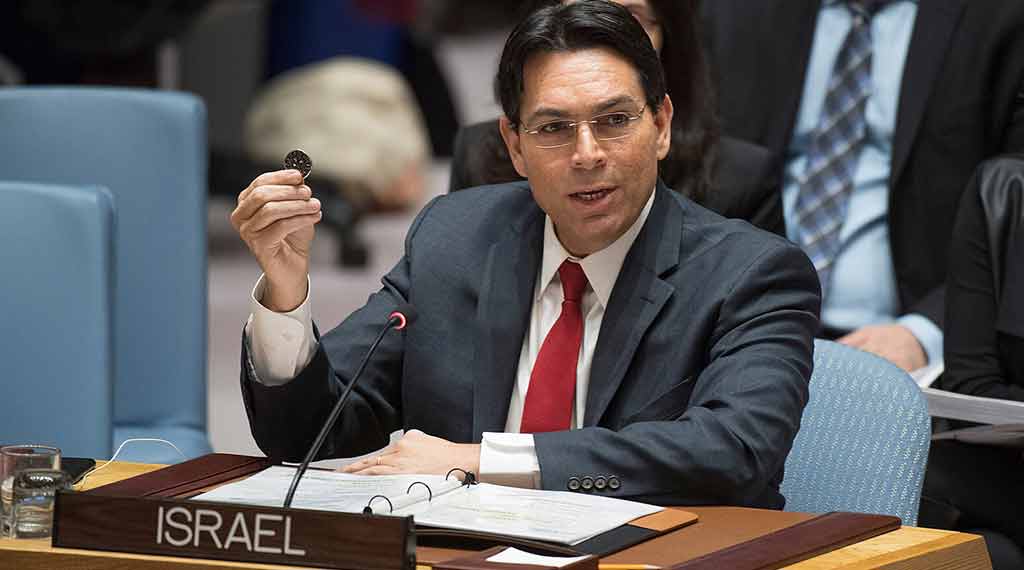Israel’s quandary: Can it afford to win in the face of international opprobrium?
The life of Israel is a split screen.
The first screen shows the life of a nation and a country fending off a coordinated seven-front assault whose goal is the Jewish state’s physical obliteration with heroism, ingenuity and fortitude that takes your breath away.
The second screen shows the envy and hatred that the nations of the world direct at the State of Israel.
And this week, with the U.N. General Assembly taking place in New York at the precise moment Israel has taken the initiative vis à vis the Lebanese front, the dissonance between the two sides is so glaring that it gives you whiplash.
Over the past week, for the first time since it unilaterally removed its forces from Southern Lebanon in 2000, Israel took the initiative in its war with Iran’s largest proxy force, Hezbollah, which controls Lebanon. The threat Hezbollah poses to Israel is orders of magnitude greater than the threat Hamas posed on Oct. 7. Hezbollah’s arsenal, which numbers some 200,000 short- and medium-range rockets and ballistic missiles, is nearly 35 times larger than Hamas’s arsenal of 6,000. Hezbollah’s missiles are capable of hitting nearly every strategic military and industrial site in Israel. They are capable of laying waste to northern communities and devastating cities and towns throughout the country.
And they are embedded in civilian neighborhoods. After the 2006 war, due to its control over the Lebanese government and military, Hezbollah oversaw the reconstruction of the areas in Southern Lebanon that were damaged and destroyed in the war. Hezbollah built the apartments as dual-use structures with missile launchers and missiles in many apartments. Residents received monthly payments for permitting their homes to be for this purpose.
Since the start of the war, Hezbollah shot 8,000 such projectiles into northern Israel. They severely damaged several critical military installations. They destroyed hundreds of homes. They ravaged the landscape of northern Israel, burning forests, as well as destroying nature and wildlife reserves from the Golan Heights to the Upper Galilee.
If the missile arsenals weren’t sufficient to keep Israel’s north depopulated, there is also the conventional threat of Hezbollah’s land forces. Citing U.S. and regional officials, The Wall Street Journal reported, “Those with knowledge of Hezbollah say the group accelerated its war preparations in recent months, expanding its network of tunnels in Southern Lebanon, repositioning fighters and weapons and smuggling in more arms. Iran has increased supplies of small arms and rocket-propelled grenades, along with guided and unguided long-range missiles.”
“The south is like a beehive right now,” said a former Hezbollah military officer referring to the military preparations to the newspaper. “Everything the Iranians have, we have.”
- As Oslo turns 31, the left must abandon its hatred - September 18, 2024
- Majority of Israelis back Netanyahu on Philadelphi, oppose protests - September 10, 2024
- Sinwar’s Israeli accomplices - September 4, 2024

